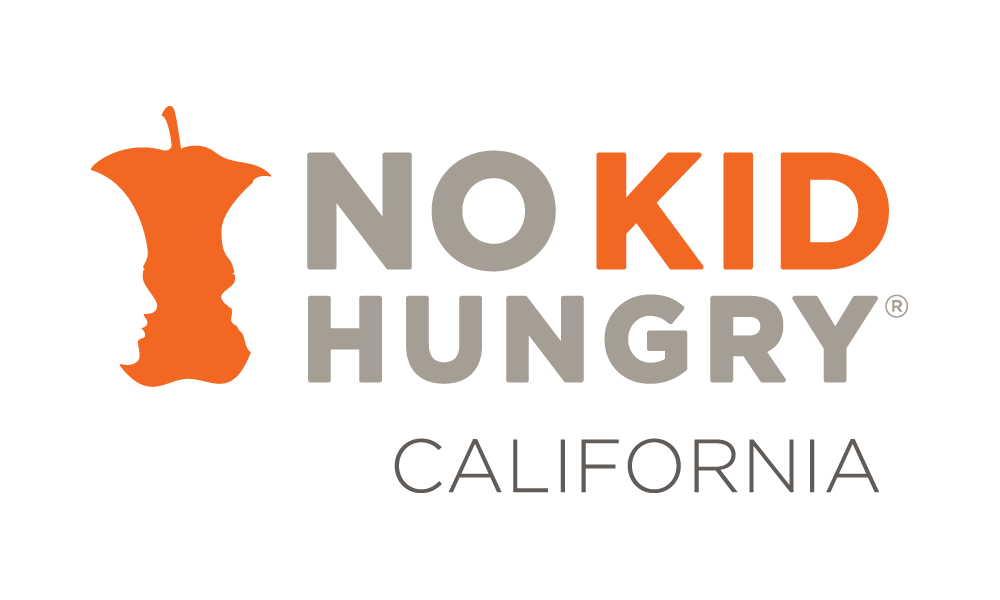FOR IMMEDIATE RELEASE | July 1, 2021
Contact: Jessica Ng | jng@mercuryllc.com | 510-508-2836
No Kid Hungry California Director Kathy Saile on Launch of Statewide Universal School Meals Program
No Kid Hungry commends Governor Newsom and state legislature for positioning California as a national leader in ensuring every student is nourished and ready to learn.
Pasadena, Calif. — No Kid Hungry California Director Kathy Saile today issued the following statement commending California Governor Gavin Newsom for launching the Universal School Meals Program, with $54 million to establish and roll-out a universal meals program in the 2021-2022 fiscal year and $650 million in state meals reimbursements through ongoing Proposition 98 funding beginning in 2022-2023 to cover the costs of offering breakfast and lunch for all students:
“As California reopens, school nutrition and other anti-hunger programs play an integral role in advancing an equitable recovery and supporting long-term student success in school and beyond. We applaud Governor Newsom for approving robust state funding to support universal meal programs and school kitchens, positioning California as a national leader in ensuring that every student has access to healthy meals. This is a landmark moment for students and families across the state, and we are proud to have stood with such a broad coalition advocating for this important program.”
Last month, No Kid Hungry California hosted a webinar with school leaders that underscored how serving school meals to all students at no cost has helped mitigate stigma and food insecurity. Over 13 million kids could face hunger this year due to the pandemic, including nearly 1.5 million kids in California. Meal programs managed by school districts and community organizations have been indispensable for California’s communities during remote learning. To support their efforts to increase food access, No Kid Hungry California has given more than $10.6 million in grants to school districts and nonprofits across the state. Grantees use funds to purchase essential equipment and supplies and increase their work capacity as schools re-open.
###




